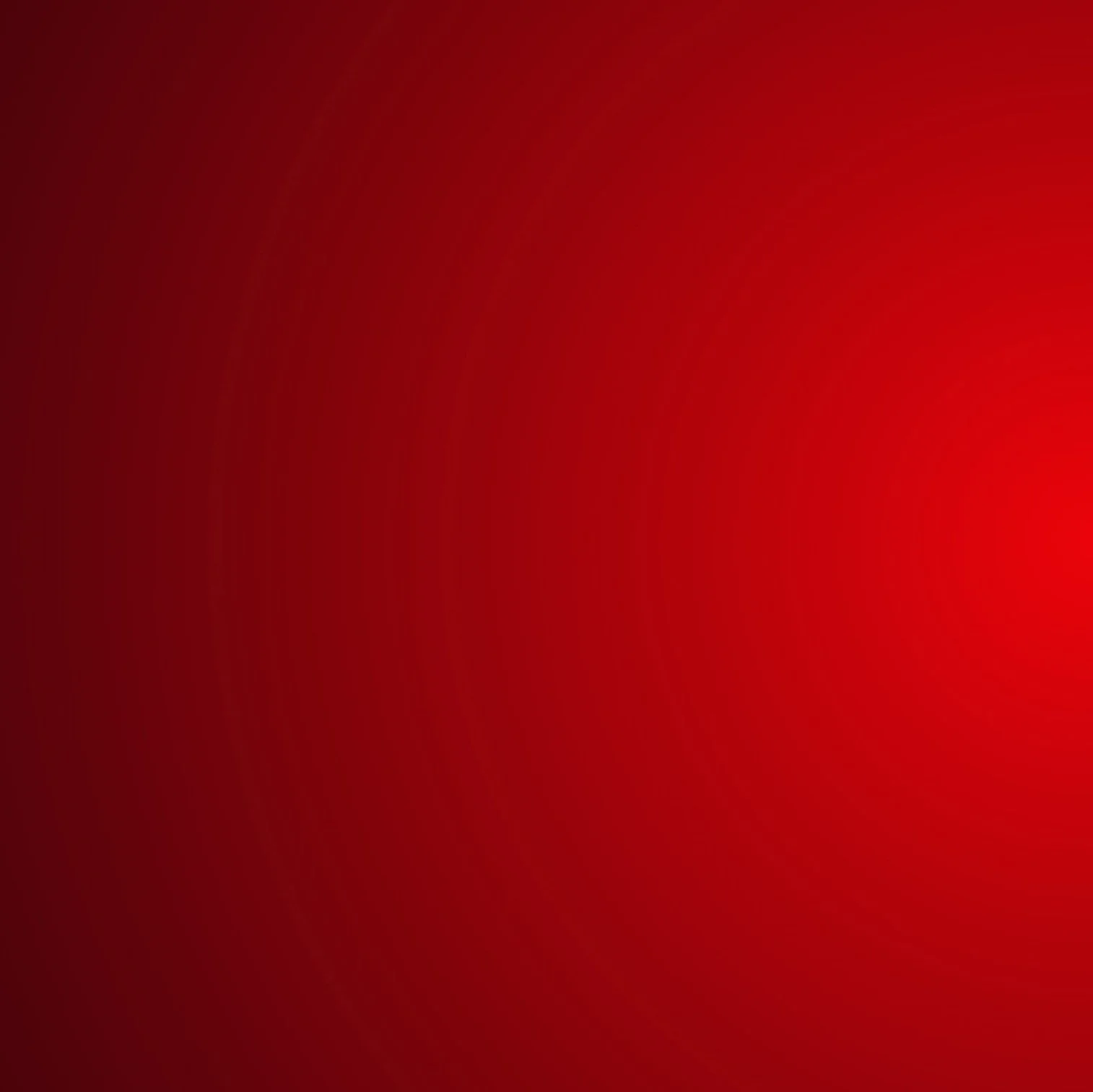
plaster

H = healthy
Is the material safe?
C = conscious
Is the material sustainable?
D = durable
Will the material last?
Materials we actively promote.
Materials we like to use.
Materials we use.
Materials we try to avoid.
Materials we advocate against.
interior renders
Interior renders are monolithic troweled-on materials used to finish interior walls and ceilings creating an aesthetically pleasing surface with a variety of color, texture, and finishing options. Interior render options include clay, lime, tadelakt, and gypsum.
clay
H — Completely non-toxic, highly hygroscopic, helps regulate indoor temperature and buffer humidity levels, air-tight, vapor-permeable, inhibits mold growth, facilitates wall drying, and is aesthetically beautiful.
C — All-natural and up-cyclable ingredients which can be returned to the earth, does not undergo any chemical alteration during drying, lowest embodied energy of plaster types, and can often be sourced locally.
D — Soft and can be dented or scratched but also infinitely repairable, more flexible than other places, used with natural waxes and oils for increased durability, appropriate for high humidity areas.
lime
H — Very healthy once installed, helps regulate interior temperature and buffer humidity levels at a reduced rate than clay, also aesthetically pleasing and comes in a variety of colors and textures.
C — Natural ingredients with a higher embodied energy than clay, recyclable and can be returned to the earth at end of life, long-lasting and time-tested, absorbs a portion of manufacturing CO2 during curing.
D — Water resistant, degree of flexibility and more durable than clay while maintaining many of the other benefits, cannot be easily repaired, appropriate for applications with light water exposure.
tadelakt
H — Healthy and internet finish, requires proper care, traditional Moroccan finish from a lime plaster base which is rammed, polished, and treated with soap to make it waterproof.
C — Uses materials and practices that are less environmentally destructive than more modern waterproof plaster finishes.
D — Expensive and labor intensive to install but very durable when properly applied and maintained, tadelakt is appropriate for use in wet environments including bathrooms and shower walls.
gypsum
H — Not breathable compared to lime, interrupts the ability of a mass wall to buffer temperature and humidity, can serve as an air barrier, offers better sound attenuation over painted gypsum board walls.
C — Higher embodied energy and carbon compared to more traditional plaster options.
D — Fire resistant, durable, low maintenance, cannot be easily repaired, when maintained can last longer than gypsum board walls, less flexible than lime, quick-drying.

exterior stuccos
Exterior stuccos are similar to interior renders in composition, but are intended for use on the exterior of buildings. They can be applied over metal or fiberglass lath, concrete, straw bale, masonry and monolithic walls including cob or rammed earth. Exterior stucco options include lime, cement, and synthetic.
lime
H — Very healthy once installed, allows walls to dry to the exterior, aesthetically pleasing and comes in a variety of colors and textures.
C — Natural ingredients, recyclable and can be returned to the earth at end of life, long-lasting and time-tested, absorbs a portion of manufacturing CO2 during curing.
D — Fire resistant, relatively flexible, ability to expand and contract and self-heal, lower water resistances to modern stuccos, control joints can minimize cracking, use with detailing appropriate for wet climates.
cement
H — Cement and lime-based, does not facilitate wall drying, interrupts the ability of a mass wall to buffer temperature and humidity, not a health concern once installed.
C — High embodied energy from manufacturing of Portland cement, can be recycled as an aggregate into other building products.
D — Non-combustible and fire resistant, insect, rot, and fungus resistant, long-lasting, very hard, durable but brittle, risk of cracking due to settling or temperature fluctuations, not appropriate for use over natural wall systems.
synthetic
H — Synthetic ingredients with a range of concerning or unknown health implications for installers, does not facility wall drying, not appropriate for a healthy home.
C — Made from acrylic or polymer cement-based material, can have a range of different chemical additives, not recyclable, high embodied energy, not appropriate for a conscious home.
D — Very hard and resistant to cracking, waterproof, can trap moisture if it finds a way in behind the stucco coat, not appropriate for use over natural wall systems.









